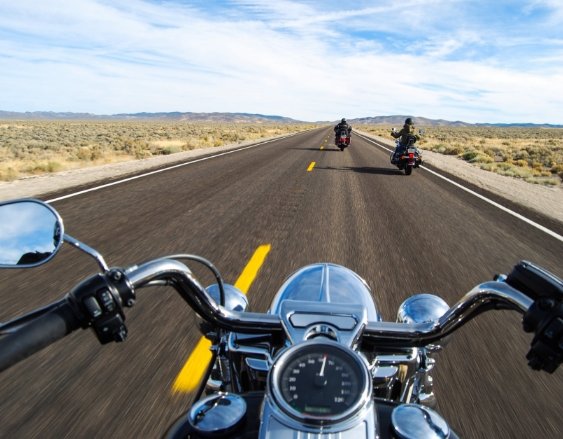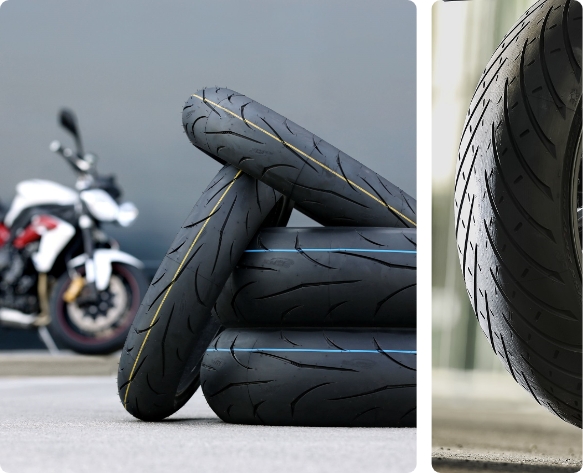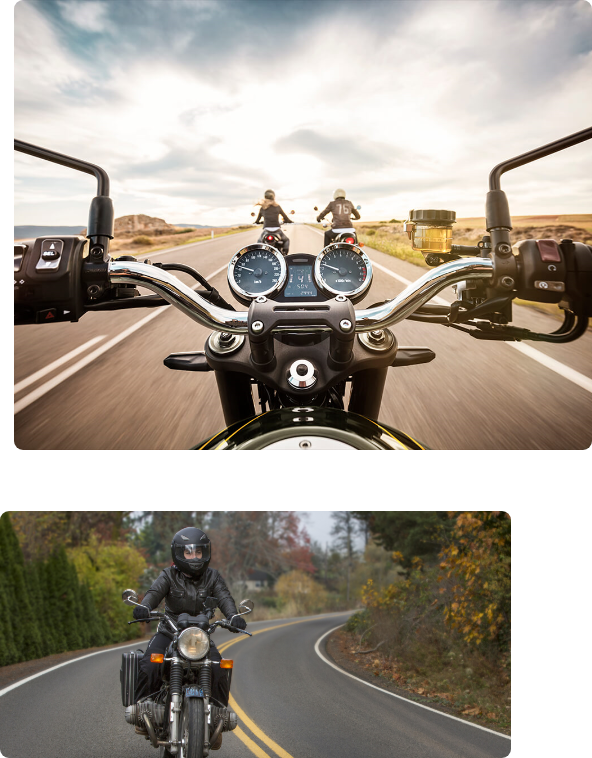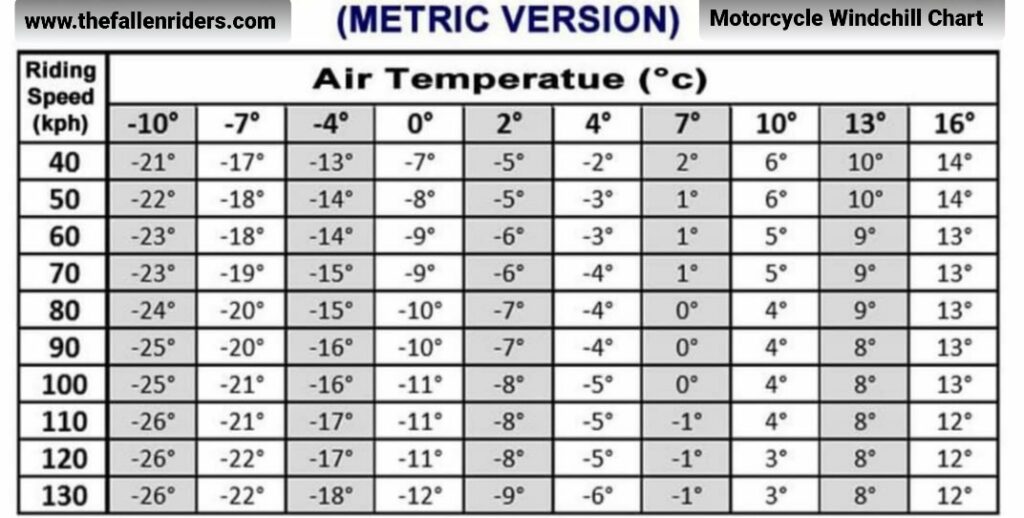KNOW YOUR RIGHTS

HANDLE BAR INFORMATION
Handlebars need to be maintained at all times and should not be loose or damaged as this impedes the safety of the motorcycle. A handlebar should never exceed the height of 380mm above the driver’s seat when it is compressed by the weight of the driver.May 30, 2018
(1) No person shall operate upon a highway a motorcycle or motor assisted bicycle equipped with handlebars the uppermost portion of which is higher than the unclad shoulder of the operator while the seat is fully depressed by the operator’s weight. O. Reg. 233/19, s. 1. Section 5. 10
Helmet Information
(a) riding on or operating a motorcycle; or
(b) operating a motor assisted bicycle,
on a highway shall,
(c) have a hard, smooth outer shell lined with protective padding material or fitted with other energy absorbing material and shall be strongly attached to a strap designed to be fastened under the chin of the wearer; and
(d) be undamaged from use or misuse. R.R.O. 1990, Reg. 610, s. 1.
(a) Canadian Standards Association Standard D230 Safety Helmets for Motorcycle Riders and shall bear the monogram of the Canadian Standards Association Testing Laboratories;
(b) Snell Memorial Foundation and shall have affixed thereto the certificate of the Snell Memorial Foundation;
(c) British Standards Institute and shall have affixed thereto the certificate of the British Standards Institute;
(d) United States of America Federal Motor Vehicle Safety Standard 218 and shall bear the symbol DOT constituting the manufacturer’s certification of compliance with the standard; or
(e) United Nations Economic Commission for Europe Regulation No. 22, “Uniform Provisions Concerning the Approval of Protective Helmets and of Their Visors for Drivers and Passengers of Motor Cycles and Mopeds”, and shall have affixed thereto the required international approval mark. R.R.O. 1990, Reg. 610, s. 2; O. Reg. 102/12, s. 1.
(a) have a smooth outer surface, be constructed so that the helmet is capable of absorbing energy on impact and be strongly attached to a strap designed to be fastened under the chin of the wearer; and
(b) be undamaged from use or misuse. O. Reg. 411/95, s. 1.
1. Canadian Standards Association CAN/CSA D113.2-M89 (Cycling Helmets).
2. Snell Memorial Foundation B-95 (1995 Standard for Protective Headgear for Use with Bicycles).
3. Snell Memorial Foundation B-90 (1990 Standard for Protective Headgear for Use in Bicycling).
4. Snell Memorial Foundation B-90S (1994 Supplementary Standard for Protective Headgear for Use with Bicycles).
5. American National Standards Institute ANSI Z90.4-1984 (American National Standard for Protective Headgear for Bicyclists).
6. American Society for Testing and Materials ASTM F1447-94 (Standard Specification for Protective Headgear Used in Bicycling).
7. British Standards Institute BS 6863:1989 (British Standard Specification for Pedal Cyclists’ Helmets).
8. Standards Association of Australia AS 2063.2-1990 (Part 2: Helmets for Pedal Cyclists).
9. Snell Memorial Foundation N-94 (1994 Standard for Protective Headgear: for Use in Non-Motorized Sports).
10. United States Consumer Product Safety Commission (CPSC) 16 CFR Part 1203 Safety Standards for Bicycle Helmets. O. Reg. 411/95, s. 1; O. Reg. 38/03, s. 1 (1).
(2) The helmet shall bear the mark of the standards authority or the mark of the manufacturer showing that the helmet meets the prescribed standard. O. Reg. 411/95, s. 1.
(3) A reference to a standard in subsection (1) includes any amendments made to the standard, whether made before or after February 11, 2003. O. Reg. 38/03, s. 1 (2).
(a) holds a valid Class M1, M2 or M driver’s licence;
(b) is 18 years old or older;
(c) practises the Sikh religion;
(d) has unshorn hair; and
(e) habitually wears a turban and, at the time of driving, is wearing a turban. O. Reg. 446/18, s.
1.
(2) A person who is a passenger on a motorcycle or a motor assisted bicycle is not required to comply with subsection 104 (1) of the Act if the person,
(a) is 18 years old or older;
(b) practises the Sikh religion;
(c) has unshorn hair; and
(d) habitually wears a turban and, at the time of being a passenger, is wearing a turban. O. Reg. 446/18, s. 1.
Do not remove your helmet during a roadside stop and you are not required to remove your helmet if stopped. Keep your helmet on at all times and have the approved stamp/ sticker visible and not covered by stickers or paint on the back of the helmet.

TIRE TREAD DEPTH.
1.5 millimetres
Tires should not be older than 10 years. Replace tires when the tread is less than 1.5 millimetres deep or when tread-wear indicators touch the road. Vehicles that weigh more than 4,500 kilograms must replace their front tires when tread is less than three millimetres deep.
ATV INFORMATION ORV INFORMATION
ATVs are listed under off-road vehicles (ORVs) which encompasses any compact vehicle designed specifically for use on rough terrain including:
Single Rider (ORVs with only one seat designated for a single person)
Two-up (ORVs with seating for two people; the passenger sits directly behind the driver)
Side-by-side (ORV with seating for two to four people; the seating is arranged similarly to a regular vehicle, with the driver on the left and passenger on the right – Most of these vehicles are equipped with seatbelt and must be worn in accordance with the new amendments)
Utility terrain vehicles (ORV similar to a side-by-side except with only two seats and a cargo box in the back)
Who can drive an off-road vehicle?
To drive an off-road vehicle in the province of Ontario one must be at least 16 years of age and possess a minimum G2 or an M2 (motorcycle) class drivers licence.
Do I need to insure my off-road vehicle?
Yes. It is required by law that all vehicles, including ORVs, have insurance and proof of registration in order to legally drive in the province of Ontario.
Where can I drive my off-road vehicle?
Provided you have the aforementioned credentials, you can drive on any backroad in Ontario with an ORV and as of July 1st, 2015 you can drive on the shoulder highways and residential roads with any of the vehicles listed above.

BOATING INFORMATION
Ontario Boating Laws
Pleasure Craft operator card (PCOC) in Ontario
Can I operate a boat without a boating license in Ontario?
No, as of September 2009 all boaters are required to have the Pleasure Craft Operator Card in order to operate a powered watercraft. There is no grandfather clause or age exemption – this law applies to all boaters. Powered watercraft includes watercraft fitted with any size motor, even an electric trolling motor.
Age/Horsepower restrictions in Ontario
Youth under 16 years of age may not operate boats with motors over certain horsepower limits unless someone 16 years of age or older is in the boat and directly supervising them. Youth under 16 years of age may not operate a personal watercraft (PWC) under any circumstances.
Criminal offences related to dangerous boating operation in Ontario
Operators must recognize that certain behaviours constitute criminal offences that are punishable (could lead to fines or possible imprisonment). The following offences are alson in violation of the Criminal Code of Canada (Contraventions Act):
Speed Limits while boating in Ontario
Every vessel shall at all times proceed at a safe speed so that you can take proper and appropriate action to avoid collision, and be able to stop in a safe distance, and appropriate to the prevailing circumstances and conditions…
Boat registration in Ontario
You can either “license” or “register” your pleasure craft. A “licensed” pleasure craft is different from a “registered” pleasure craft.
Although there are costs involved, registration gives you some important benefits, which include a proof of ownership (legal title) for your boat, the right to fly the Canadian flag, a unique name, and official number for your boat, as well as the right to use your boat as security for a marine mortgage…
Boat Safety Equipment in Ontario
Safety equipment that each type of boat must carry on board to comply with Transport Canada regulations regarding boating…
WINDCHILL CONVERSION CHART FOR YOUR DAILY RIDE
Please check our website and its weather app to make sure you are ready for your trip or daily ride”


